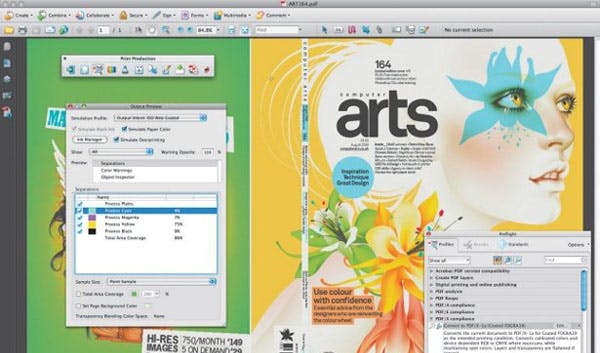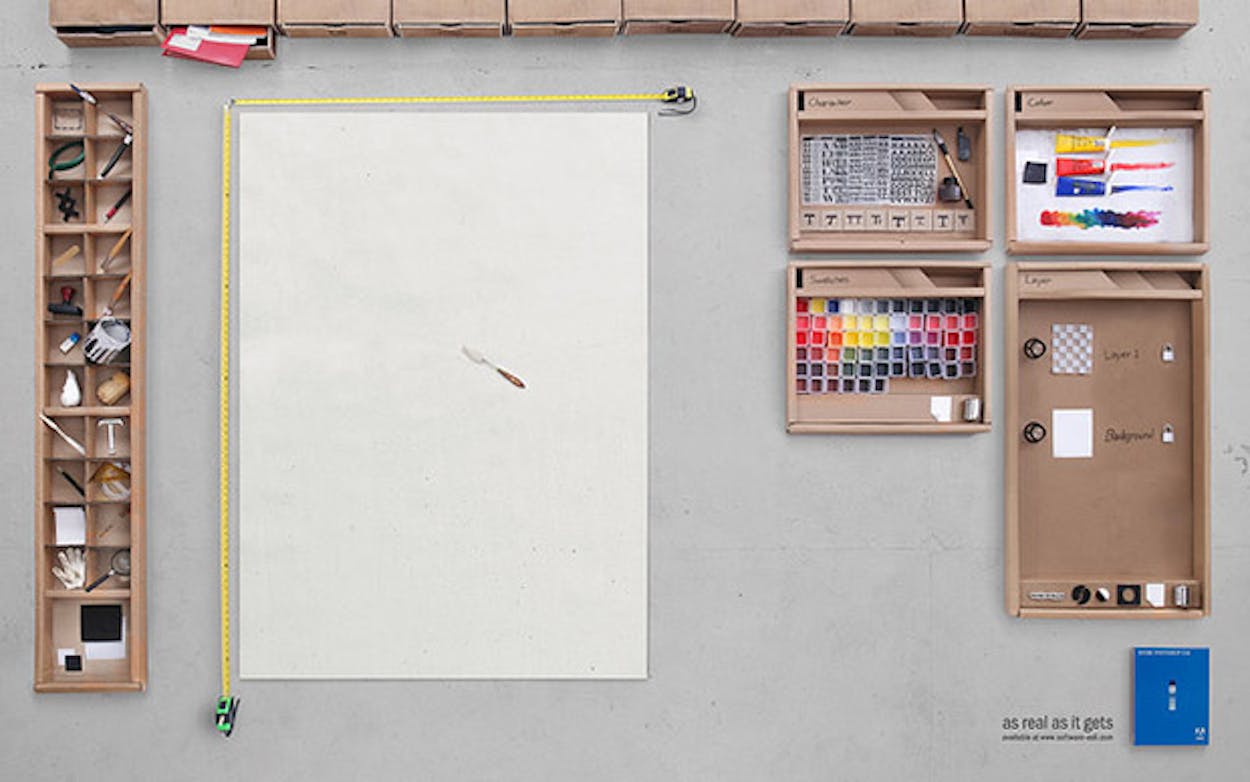The best tools for digital illustrators

Once you’ve dived into the wondrous adventure that graphic design has in store for you, you will come a cross another set of very common questions: What tools should you use as an illustrator?
Let’s break it down for you, in short, at least to know where to start and what your options are:
Basically, there is no one perfect tool, because it depends on what type of illustration you’re going for and/or what market you’re targeting. Adobe Illustrator is for stylized vector illustrations, while Photoshop is perfect for digital paintings; or maybe Zbrush; how about a 3D rendering app for 3D images for fantasy art or images for the gaming industry?
Let’s start with Free Tools that can get you started, especially if you’re not sure you’ll be doing this professionally or do not have the financial possibility to spend hundreds of dollars on such software.
Two popular options are:
- Gimp is one of the best free graphics tools.
- Inkscape is a vector-based drawing tool, which might suit you more if Gimp is not your thing.
A newer one is Krita. It has a user friendly user-interface , support for the majority of file formats, a wide variety of brushes and filters, works with Wacom, Huion and other uc-logic based tablets, on Windows and Linux. Has OpenG support, has both raster and vector tools.
Other options that could work for you: SketchBook Pro, openCanvas, Muro.
And now we take a step further and refer to the tools of the trade that are the go-to software programs for professional designers. Their world revolves around three main programs with maybe another fourth and fifth. Adobe Illustrator, Adobe Photoshop and InDesign, three of the most common programs used by a Graphic Designer/Illustrator. They are used for clean logo work, easy editing of an image, and accurate layout of both a single page or multiple pages at a time.
Photoshop is good for raster work (pixel based elements) or ‘bitmap’ graphics, absolutely necessary for editing. It will help you prepare photos for publication, so if you do photo retouching and composition, you need Photoshop.
Illustrator is great for high quality vector artwork and manipulate type for custom logos.
InDesign is world’s better in handling long passages, subtle manipulation, alternate characters, large sizes, Open-Type fonts, drop caps. Lately it has been focusing on digital publishing, either for PDF or for eBook readers like Kindle, iPad. It is best for bringing artwork from other programs together, composing pages and publications as a whole.

One is not better than the other. Their paths cross quite often because each of them has a strong point that the other doesn’t but they complement each other beautifully. Ideally, you should have a firm grasp of all three core Creative Suite applications: Illustrator, Photoshop and InDesign).
I mentioned a fourth and fifth, specifically Adobe Flash and After Effects. Both are animation programs specializing in the ability to create simple, as well as complex effects for logo and web usage.
So there you have it – start with free ones, practice, see what you like, what they lack and how you can improve your style and then you will know what you NEED for your projects. Choose something that suits your needs and skills.
Tells us what’s your “weapon of mass creation” in the comments below and why you chose it!


